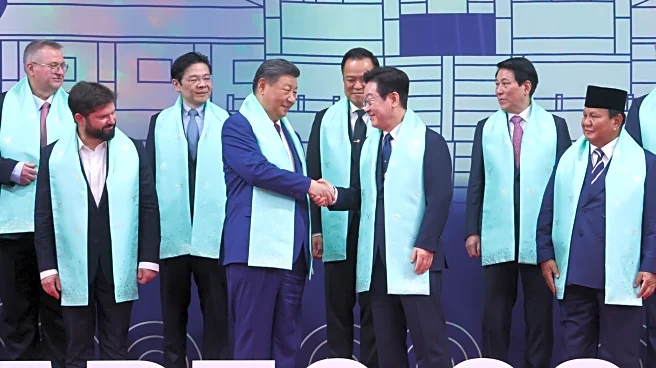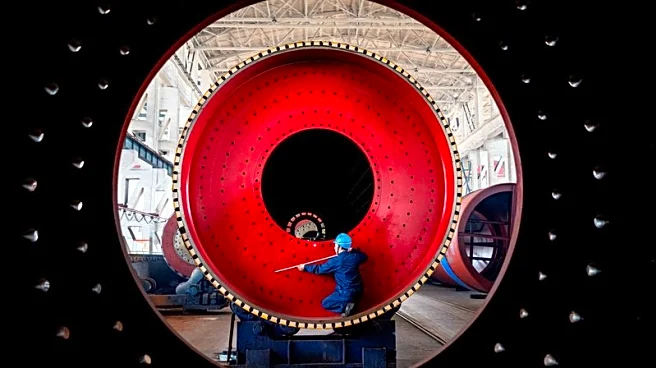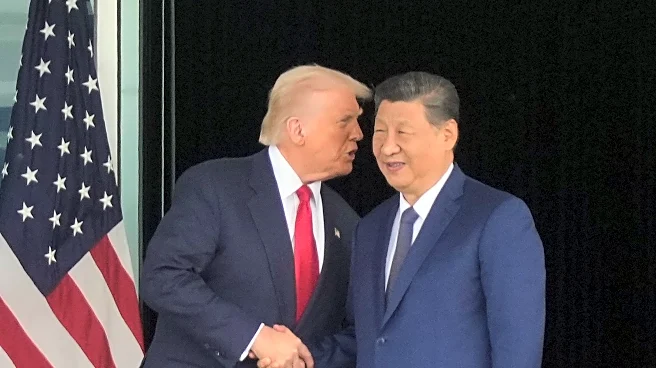What's Happening?
Asia's major manufacturing hubs are experiencing difficulties due to weak U.S. demand and tariffs imposed by President Donald Trump. Business surveys indicate a slowdown in manufacturing activity in China and South Korea, with export orders declining.
Despite some progress in trade negotiations, the region remains cautious about U.S. demand. The recent meeting between Trump and Chinese President Xi Jinping resulted in a temporary de-escalation of tensions, but deeper issues remain unresolved.
Why It's Important?
The tariffs and resulting trade tensions have significant implications for Asia's manufacturing sector, which is heavily reliant on exports to the U.S. The slowdown in manufacturing activity could impact economic growth in the region, affecting global supply chains and trade dynamics. The situation highlights the interconnectedness of global economies and the potential ripple effects of trade policies on international markets.
What's Next?
While some progress has been made in trade negotiations, the long-term resolution of trade tensions remains uncertain. Policymakers in Asia will need to navigate these challenges and explore strategies to mitigate the impact of tariffs on their economies. The outcome of ongoing trade discussions will be crucial in determining the future trajectory of Asia's manufacturing sector.















